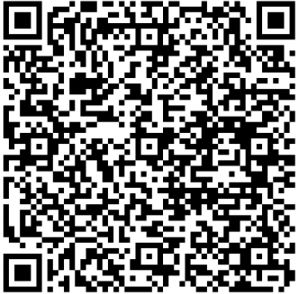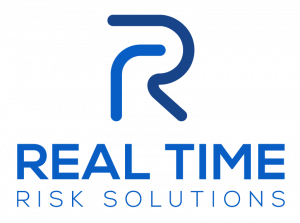QR Codes in Construction
QR Codes are Simple to Create, Easy to Use for All Types of Construction Companies
CHICAGO, IL, UNITED STATES, June 1, 2023/EINPresswire.com/ -- QR Codes have been around since 1994 where they were first used to track automotive parts for assembling Toyota cars. Most recently, many people started to familiarize themselves with QR Codes by displaying menus in restaurants. Now, construction is starting to embrace QR technology due to ease of use, no account setup or training required.QR codes provide a way for people to quickly access a website or digital form. By clicking a QR code using a smartphone’s photo app, websites and forms automatically load for each person within their mobile browser. There is no need for special passwords or to download an app. It just works. That is one of the primary reasons why construction has embraced the technology.
In the past, companies relied on paper forms for tracking information. Now, these paper forms can be converted into web-based forms which can be accessed through a QR Code. With easy to use tools to digitize your forms, companies are able to create quality forms, incident reports, environmental forms, new hire orientation forms, prequalification forms or safety forms which can then be converted into QR Codes. These forms can then be filled out by vendors, partners or employees without any setup or license costs. Partners are emailed their (free) completed forms for their records and the company that issued the form also gets access to the information. QR Codes can immediately mesh together project teams and capture critical information with zero friction, resulting in immediate traction for all players.
Depending on the software platform used to digitize forms, the time to digitize a form can be as low as 15 minutes, especially when companies purchase software with customizable templates. With templates, companies can customize changes on already existing best practice forms and roll them out to their organization and partners in minutes.
The QR codes can then be distributed in many different ways. Some companies will create QR Code boards. QR Codes boards are posted throughout the jobsite or facilities and attached to construction contracts so all contractors have immediate access to critical forms (Daily Reports, Incident Reports, Quality Control Records, Utility Hit Reports, etc). When the form is completed, the company that created the template (owner, general contractor) as well as the vendor or subcontractor receives an email copy with the final report as well. It’s never been so easy to transfer and document risk between parties.
Also, with today’s technology, companies can modify the forms from anywhere and all of their forms are automatically updated. There is no need for updating the QR code.
Construction companies are also using QR codes to manage their training certifications. Training badges have unique QR codes for each employee with their picture. Many companies struggle to keep track of each person’s training or be alerted before training expires. Further, when employees are in the field and an outside party requests to view training, delays can result in stand-by time and home office disruptions while the training certifications are retrieved and sent to the field and the requesting party. In contrast, employees can show their badge to requesting parties and by clicking on the QR code they are able to see that employee’s training as well as view their training certifications. Companies like Real Time Risk Solutions provide training badges as low as $10 per employee.
QR codes are also used for equipment inspections. QR codes are either laminated or thermal printed on plastic which is then attached to each piece of equipment. The inspection can be tailored for each company and equipment. When the forms are filled out, critical people are alerted and GPS tracking provides a way for all equipment to be tracked in real time. Parts can be ordered immediately, saving critical money by minimizing the downtime.
How do companies get started with QR codes? Start simple. Develop 1-2 forms or inspections that will immediately make it easier for your employees to fill out forms and managers to better track critical information. Get feedback from your partners. You may find that a 30 year old technology is exactly what you need to immediately improve your bottom line in a matter of hours.
Cory Davis
Real Time Risk Solutions
+1 312-672-2324
email us here
Visit us on social media:
LinkedIn
Legal Disclaimer:
EIN Presswire provides this news content "as is" without warranty of any kind. We do not accept any responsibility or liability for the accuracy, content, images, videos, licenses, completeness, legality, or reliability of the information contained in this article. If you have any complaints or copyright issues related to this article, kindly contact the author above.


